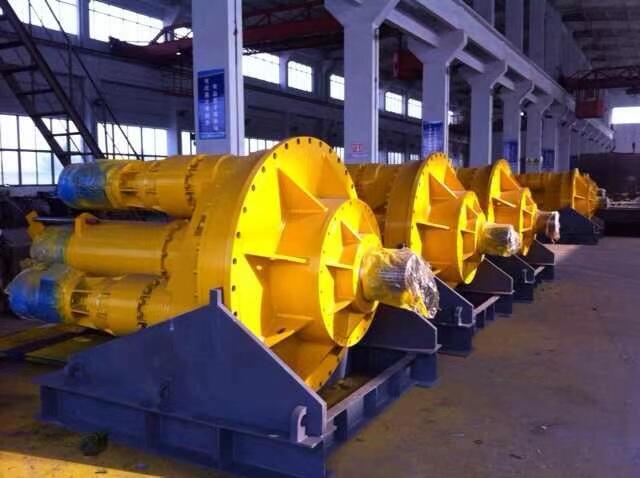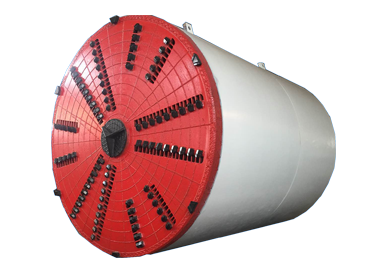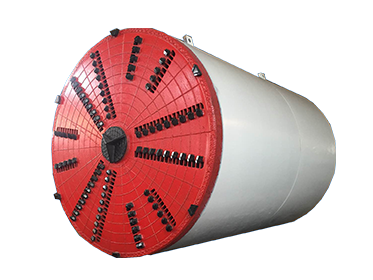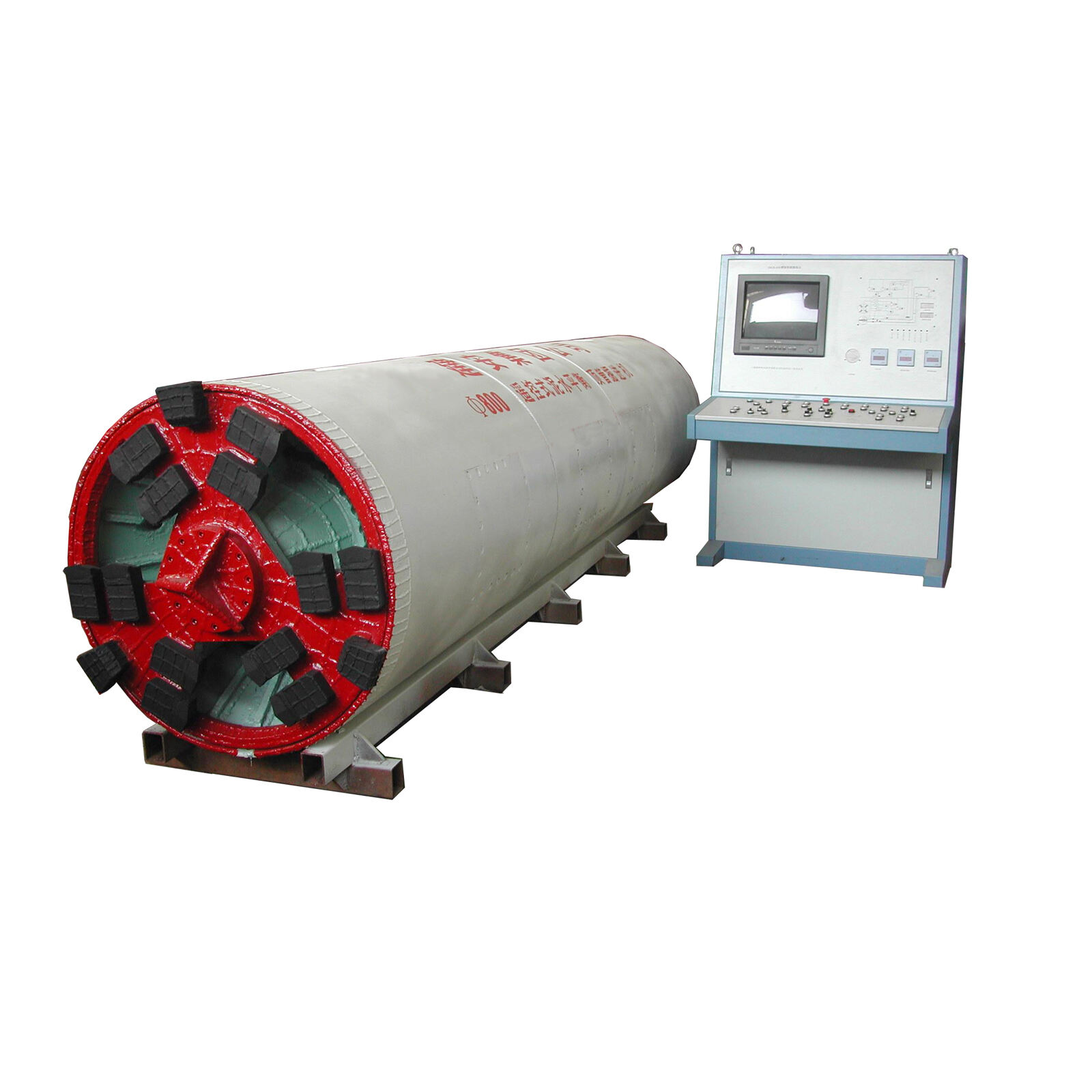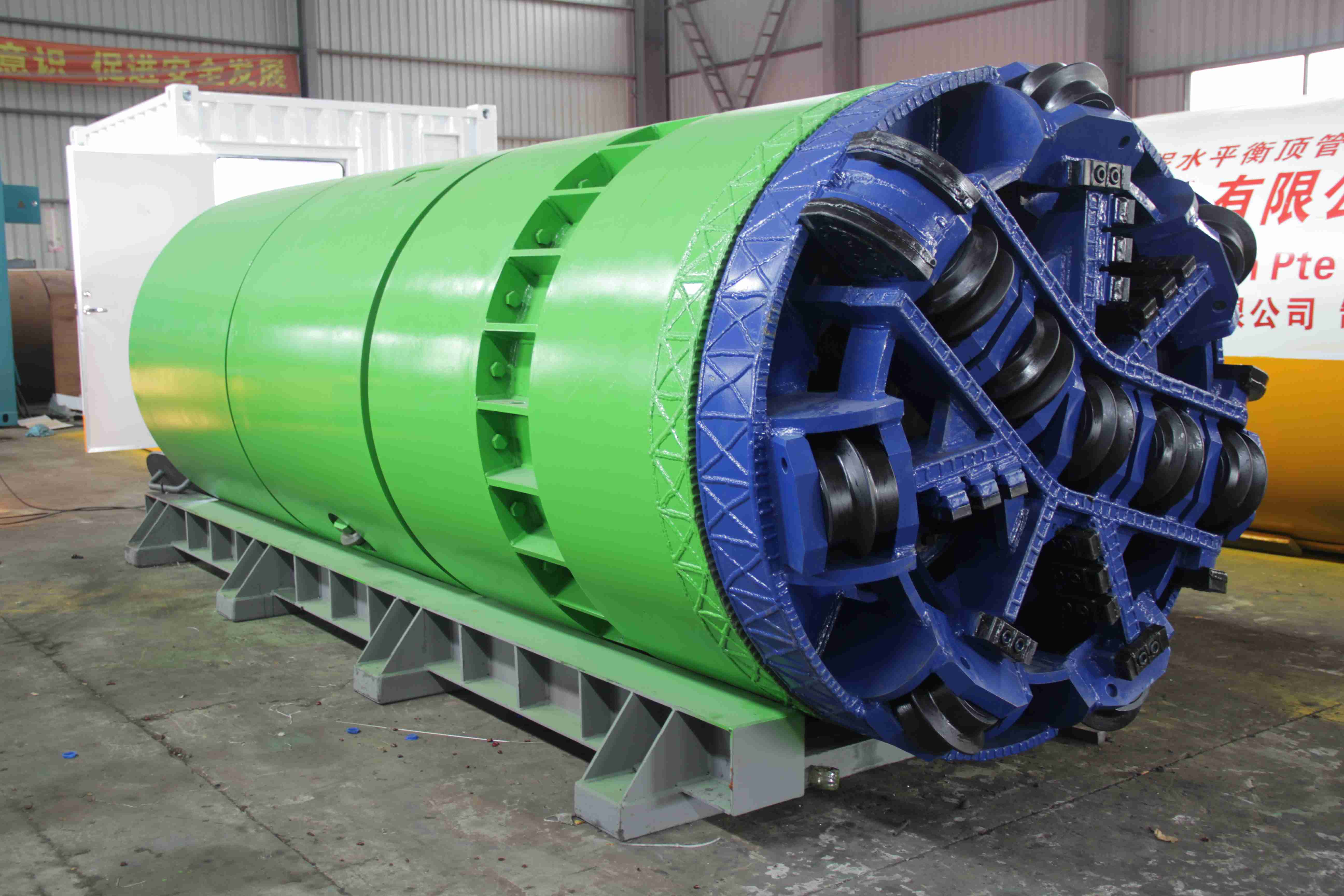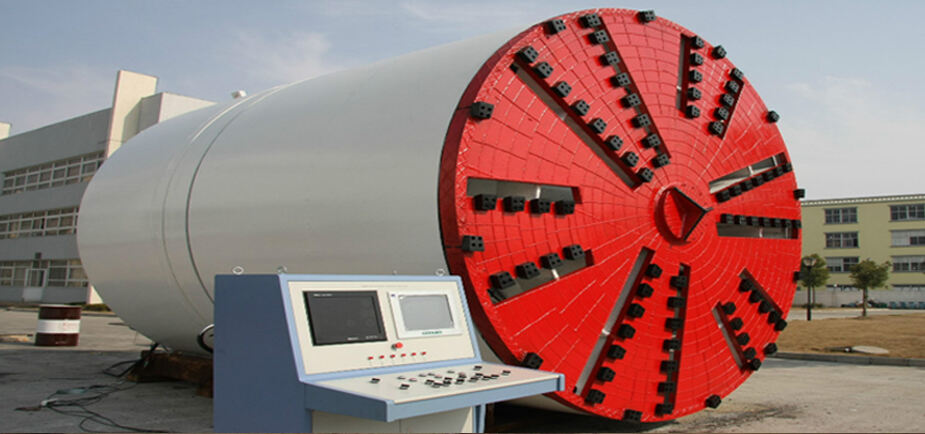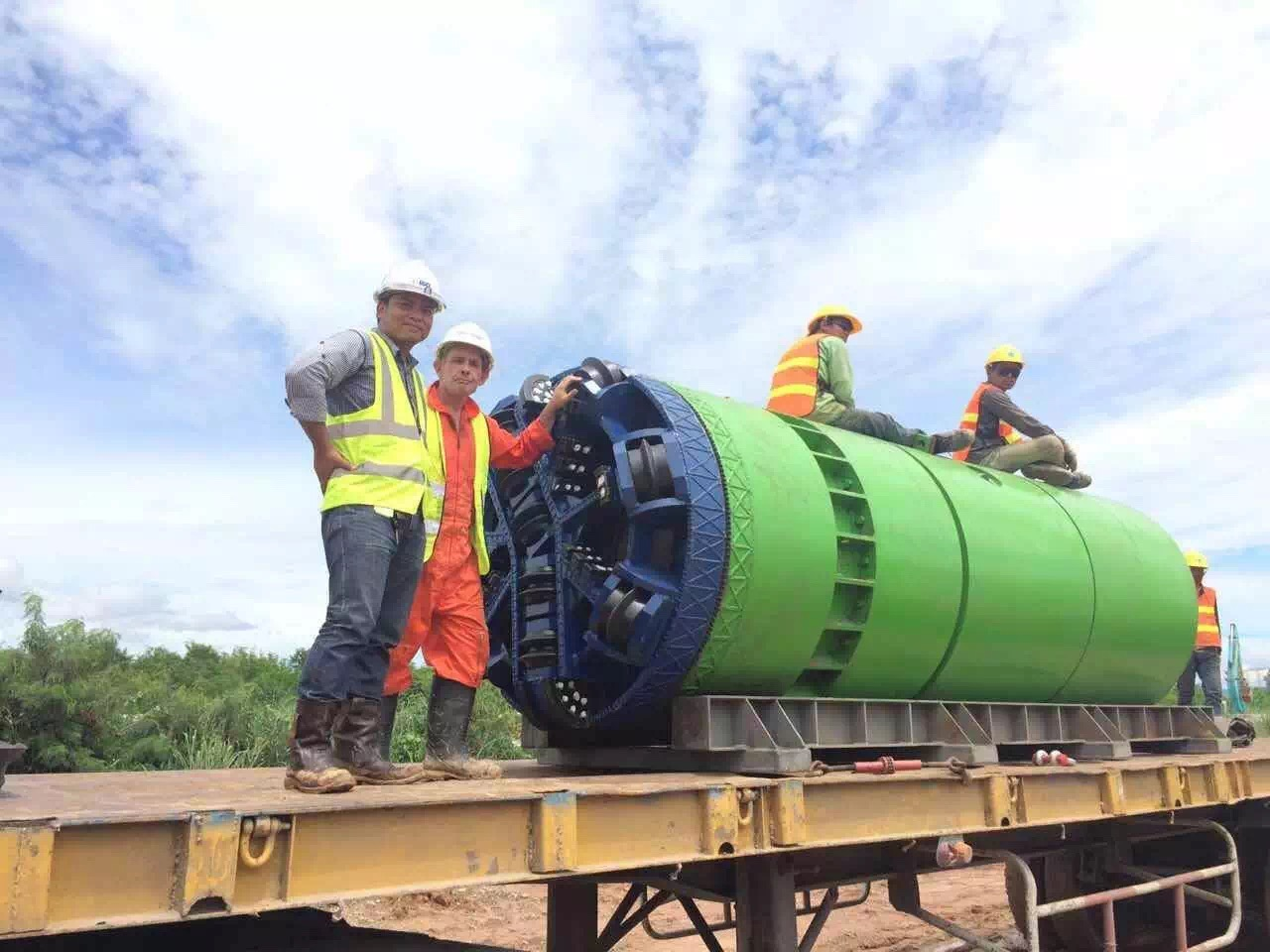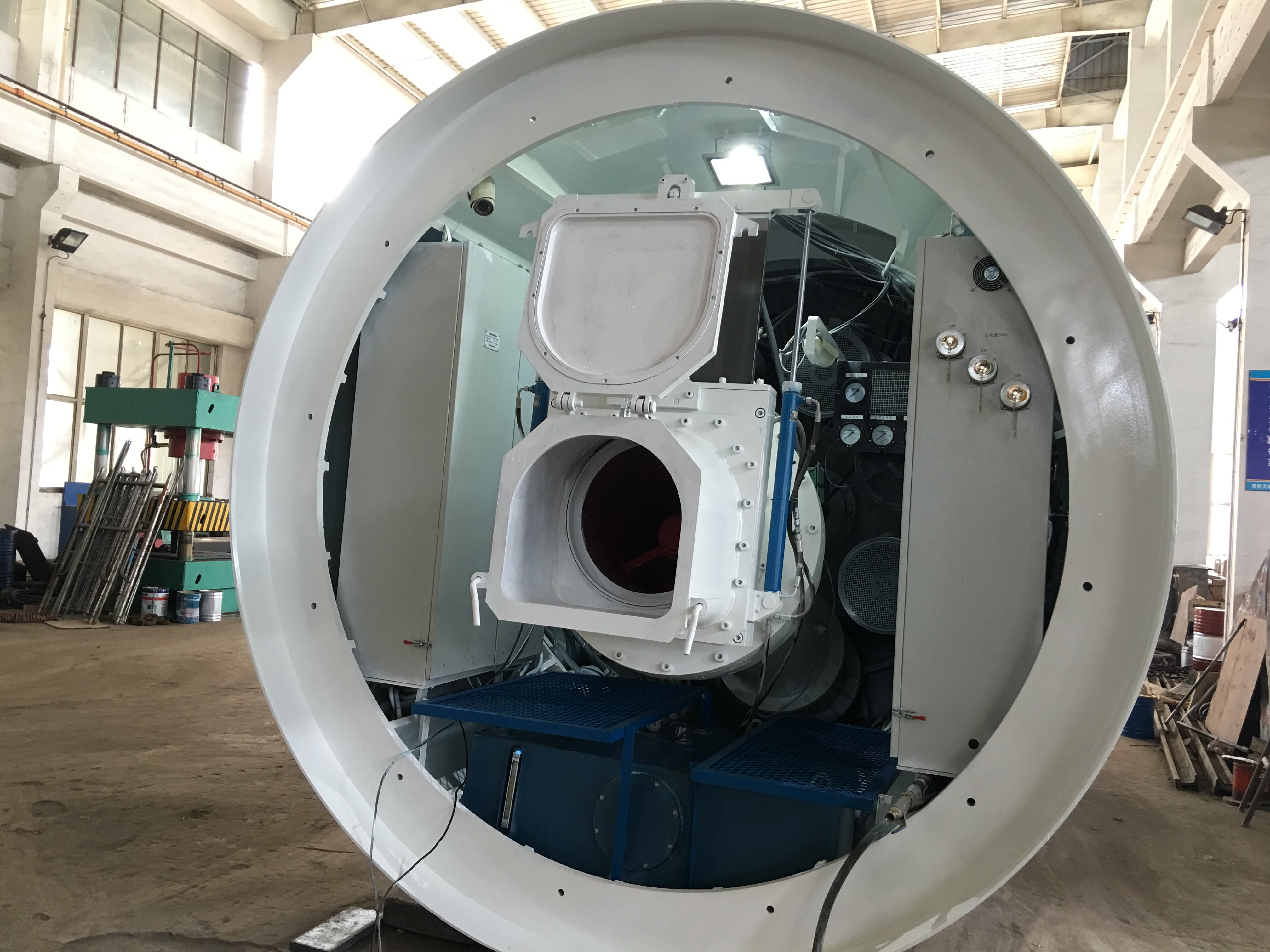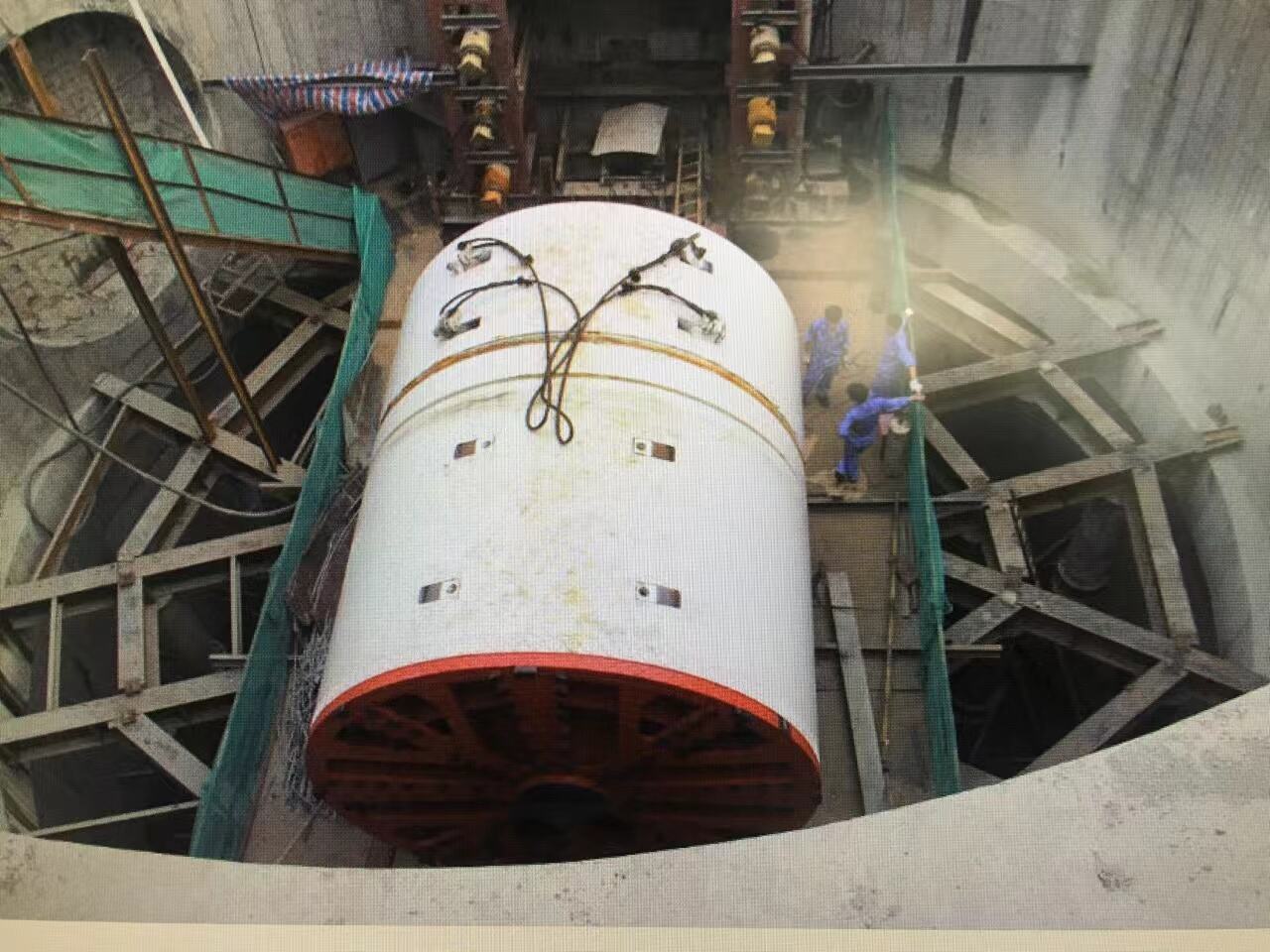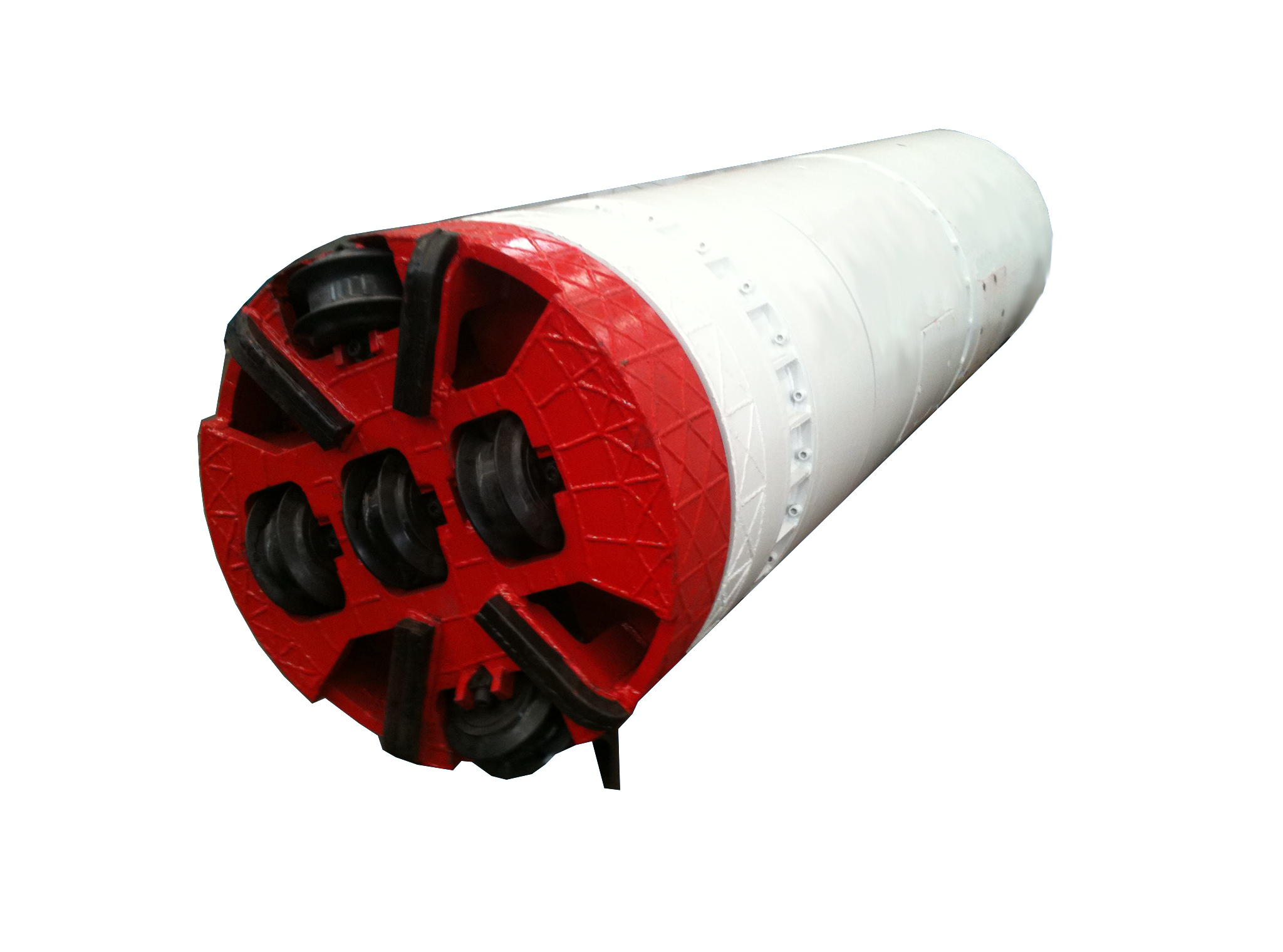precio de la máquina de abrazado de tuberías de china
El precio de la máquina de empuje de tuberías de China abarca una variedad de modelos diseñados para tecnología sin zanja. Estas máquinas están equipadas con funciones principales como excavación de suelo, empuje de tuberías y eliminación de escombros, todas las cuales son integrales para la instalación de tuberías subterráneas. Las características tecnológicas incluyen sistemas de control de precisión, accionamientos hidráulicos y monitoreo automatizado que garantizan eficiencia y seguridad durante las operaciones. Las aplicaciones de la máquina de empuje de tuberías van desde instalaciones de servicios públicos como tuberías de agua y gas hasta sistemas de telecomunicaciones y alcantarillado. La competitividad de los precios de estas máquinas de China las convierte en una solución rentable para proyectos de infraestructura de diversas escalas.

 EN
EN
 AR
AR BG
BG HR
HR CS
CS FR
FR DE
DE EL
EL HI
HI IT
IT JA
JA KO
KO RO
RO RU
RU ES
ES TL
TL ID
ID LT
LT SK
SK SL
SL UK
UK VI
VI ET
ET TH
TH TR
TR FA
FA AF
AF MS
MS HY
HY AZ
AZ KA
KA BN
BN LO
LO LA
LA MN
MN NE
NE MY
MY KK
KK UZ
UZ KY
KY